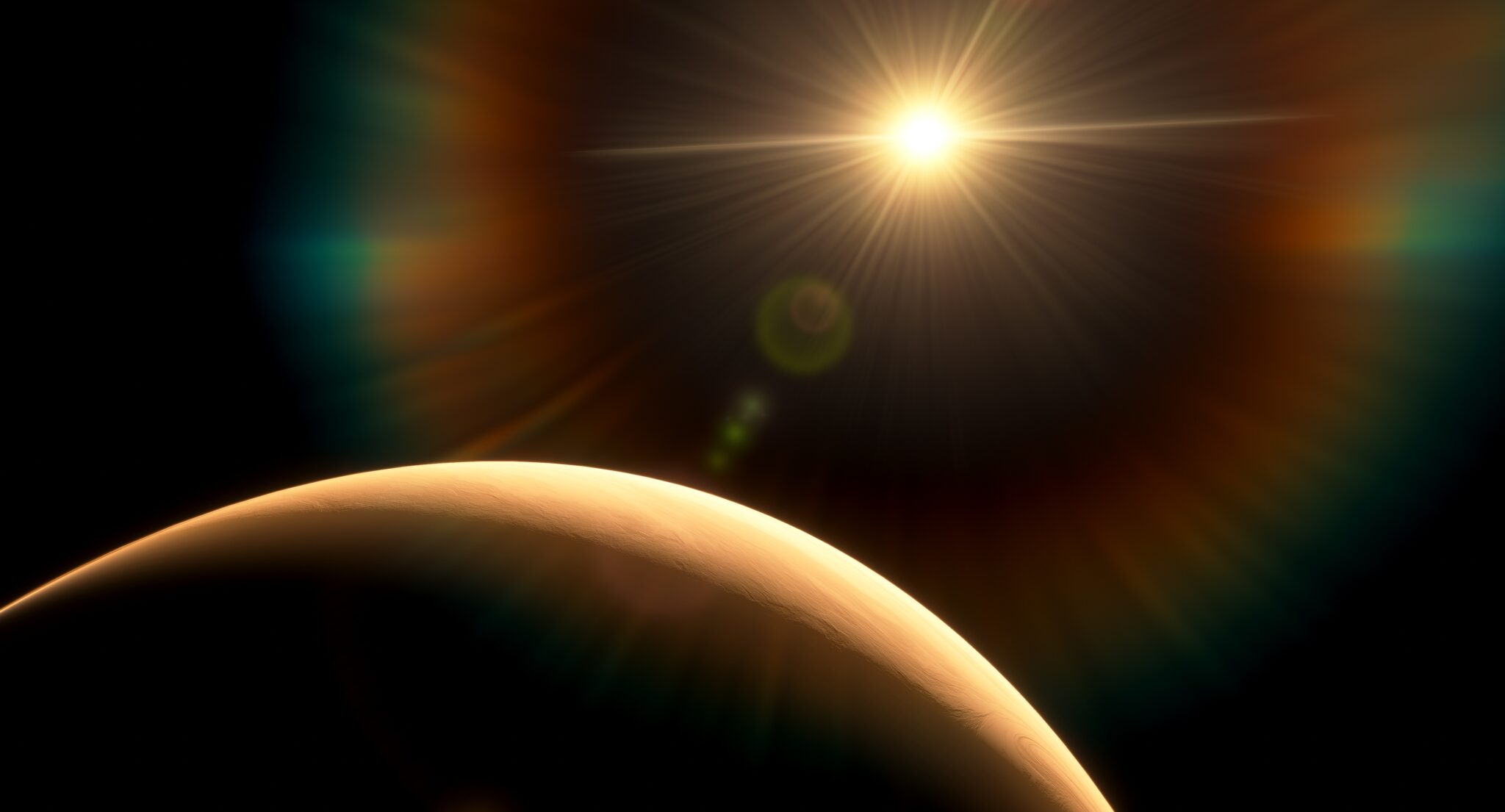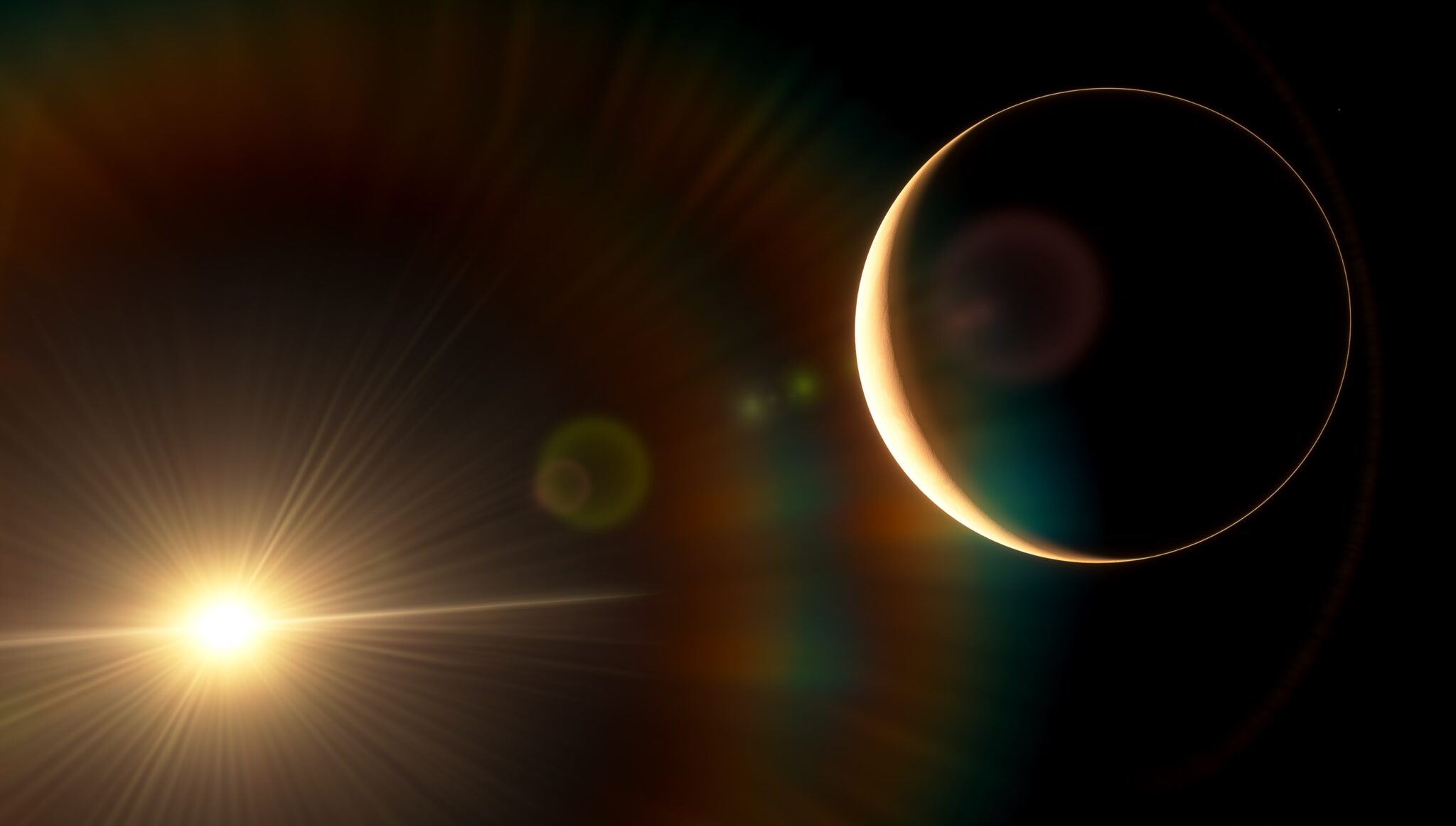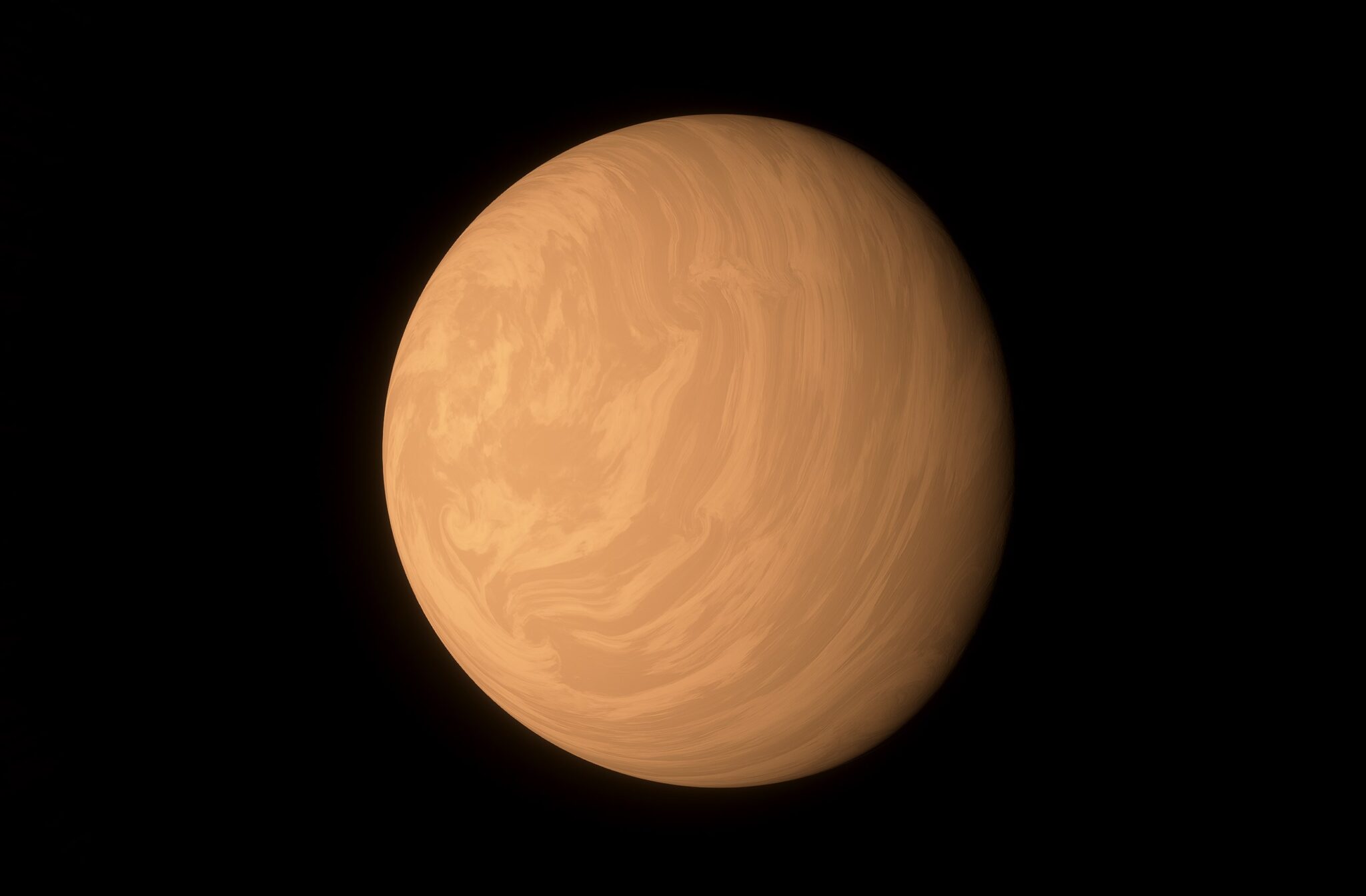Astronomers have discovered a new type of exoplanet called a “super-Earth” located just 137 light-years from the Sun. The planet was named TOI-715 b and is an object of interest from researchers because of its location in the habitable zone of its small star.

Although it may seem that a potentially habitable planet can be found among Earth-like planets, there are several problems. One of the problems is that most of the discovered exoplanets are much larger than Earth. Partly because it is very difficult to detect smaller planets with the available instruments. Another problem is that the most common star in our galaxy is not a yellow dwarf like our Sun, but much smaller and dimmer red dwarfs. When researchers discover rocky planets orbiting red dwarfs, it increases the number of potentially habitable worlds that may exist there.

Since red dwarfs emit much less heat than stars like our Sun, the habitable zone around them is much smaller. The habitable zone is the distance from the star at which water can exist in a liquid state on the surface of the planet, that is, when the surface temperature of the planet is from 0°C to 100°C.However, in order for the planet to become truly habitable, it takes much more than just being in such a comfortable zone. Other facts are also important to determine the suitability for life: the thickness of the atmosphere, how much radiation it receives from its star and whether it has a combination of oceans and land.

This exoplanet is located right in the middle of the habitable zone of its star. It orbits the star in just 19 days, being very close to it. This helped astronomers discover the planet, as it often passes in front of its star when viewed from Earth. That’s how NASA’s Transiting Exoplanet Survey Satellite, or TESS, was able to identify it.
About one and a half times the size of Earth, it is the smallest planet in the habitable zone discovered by TESS. To find out more about whether it is habitable, astronomers need to use another instrument, such as the James Webb Space Telescope, to observe its atmosphere and find out if it can detect water there.
Earlier, we reported on how a super-Earth with an ultrashort rotation period was found.
According to NASA
Follow us on Twitter to get the most interesting space news in time
https://twitter.com/ust_magazi


